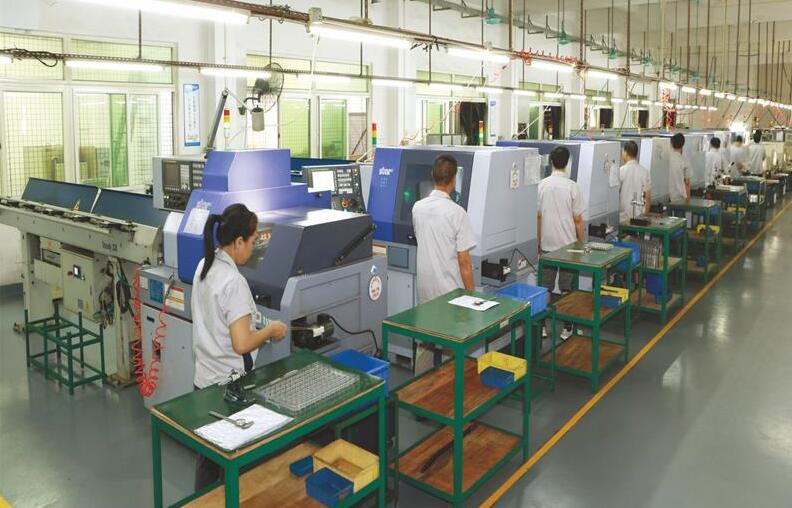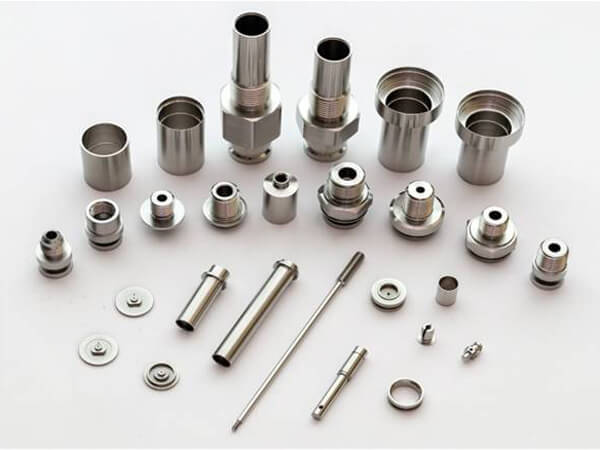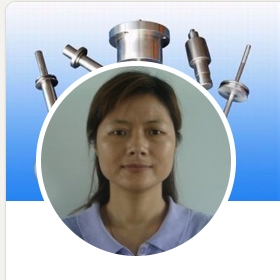Picking the right manufacturing partner can make or break your project. Not all shops are created equal. Some focus on speed, others on high precision. Here’s what to look for when choosing a CNC turning specialist.
Types of CNC Turning Processes
Not all turning processes are the same. Depending on your project needs, you may use different methods and tools. Here’s a quick breakdown of common CNC turning processes:
Horizontal CNC Turning
This is the most common configuration. The workpiece spins horizontally while cutting tools trim it from the sides. It’s efficient, accurate, and ideal for making small- to medium-sized cylindrical parts.
Vertical CNC Turning
In this setup, the part spins vertically, which makes it easier to machine larger, heavier components. Industries such as aerospace and heavy equipment manufacturing often use this method.
Taper Turning
This method creates parts that taper from one end to the other. Think of it like a cone shape. It’s useful in mechanical parts like valves or custom fittings.
Thread Cutting
CNC turning can also be used to cut precise external or internal threads, which are essential for bolts, nuts, and other fastening components.
Grooving and Parting
Grooving is used to create channels or recesses, while parting cuts off the finished part from the remaining stock.
Understanding these types helps you decide how to get the best results for your custom cnc turning parts and match the method to your design.

Where CNC Turning Is Used?
Here are some common industries that rely on precision CNC turning:
- Automotive: Used for making shafts, gears, bushings, and pins.
- Aerospace: Produces tight-tolerance parts like fasteners, fuel connectors, and engine components.
- Medical: Makes surgical tools, implants, and small devices requiring exact dimensions.
- Electronics: Creates custom connectors, enclosures, and sensor housings.
- Oil and Gas: Crafts rugged threaded components and valves that must withstand pressure.
- Robotics and Automation: Supplies precision joints, spindles, and support parts for moving systems.
Checking list of CNC Machining Shop
Check Their Experience
- Do they have a track record in your industry?
- Have they handled projects like yours before?
An experienced cnc turning manufacturer will know how to avoid mistakes and offer smart suggestions.
Look at Their Equipment
- Are they using modern machines with tight tolerances?
- Do they have both vertical and horizontal CNC turning machines?
Updated machines mean faster production and better accuracy.
CNC turning supports both horizontal and vertical CNC turning, each suited to different production needs. Horizontal lathes are more common for smaller parts and tight tolerance work, while vertical lathes are better for large-diameter parts.
In short, CNC turning is a smart choice for making custom metal or plastic parts that require a round shape, high accuracy, and repeatable quality.
Ask About Quality Control
- Do they provide inspection reports?
- Do they have ISO or other certifications?
A good shop cares about quality and checks every part before it leaves.
Understand Their Services
- Can they help with design or prototyping?
- Do they offer secondary processes like anodizing, plating, or polishing?
You want a shop that offers custom CNC machining services, not just basic turning.
Compare Pricing and Communication
- A fair price is important—but so is good communication.
- The right partner will answer your questions and update you throughout the process.
What Affects CNC Turning Price?
Ever wonder why the cnc turning price varies so much? That’s because many different things influence the cost of making a part. Let’s look at the key factors:
- Material Type
- Common metals like aluminum or brass are cheaper.
- Hard-to-machine metals like titanium or stainless steel cost more because they wear out tools faster and take longer to cut.
- Part Complexity
- Simple parts are faster to make.
- Complicated shapes with tight tolerances need more time, special tools, and setup.
- Tolerances and Surface Finish
- Tighter tolerances (like ±0.001 mm) require extra care and inspection.
- A mirror-like surface finish takes longer than a basic machined finish.
- Quantity
- Higher volumes often reduce the per-part cost because setup time is shared across more pieces.
- For small batches or prototypes, the cost of CNC machining per hour becomes more noticeable.
- Machine Type
- Horizontal CNC turning is more efficient for long parts.
- Vertical CNC turning suits heavy parts, but both types vary in price based on size and axis count.
- Labor and Setup
- More complex setups mean more time and skilled operators.
Some low cost cnc machining services automate setup to save time and money.
Here’s a simple example to help:
| Feature | Basic Part | Complex Part |
| Material | Aluminum | Titanium |
| Tolerance | ±0.1 mm | ±0.01 mm |
| Quantity | 100 pcs | 10 pcs |
| Setup Time | 30 mins | 2 hours |
| Estimated Price (each) | $2–5 | $50–100 |
Knowing these variables helps you better estimate project costs—and pick the right cnc turning shop for your budget.
Choosing the right custom CNC service means fewer delays, lower risk, and better results.
Relevant article:
Top 6 Must-Know Facts About CNC Turning Parts for Precision Engineering



